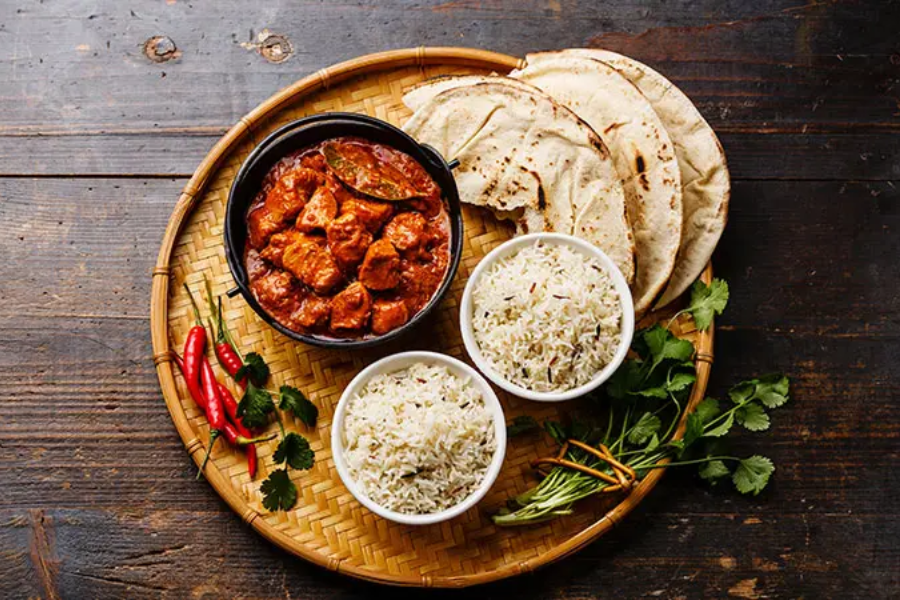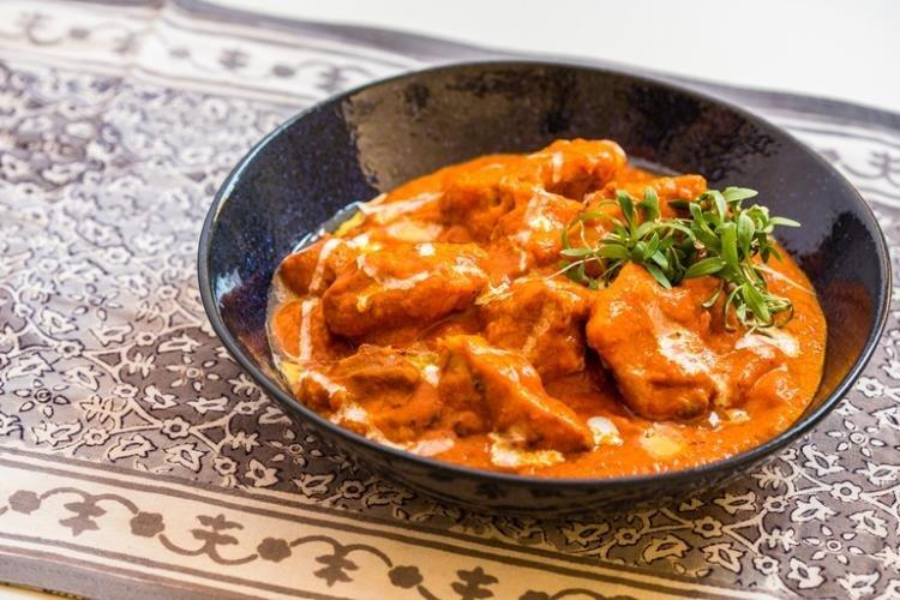Kari Kinnaslapi: Unraveling the Threads of an Ancient Tradition
Introduction
Every culture holds stories that are intricately woven into its very fabric, both literally and metaphorically. These stories are passed down through generations, embedded in rituals, objects, and practices that become powerful symbols of identity, resilience, and continuity. Kari kinnaslapi, an ancient textile art form, is one such tradition that embodies this rich heritage. Although it may not be widely known, kari kinnaslapi is far more than a simple stitching technique. It represents a profound expression of creativity, symbolism, and painstaking craftsmanship.
In a world increasingly dominated by mass-produced, fast fashion, this delicate, meaningful artistry stands as a testament to the beauty and significance of handmade creations. Kari kinnaslapi’s intricate designs and symbolic patterns, once rooted in the practical need for warmth, now serve as a bridge to the past, reminding us of the importance of cultural preservation through art. This article will explore the deep history, techniques, and cultural relevance of kari kinnaslapi, offering insight into why this ancient tradition is seeing a resurgence in today’s fashion-conscious, eco-aware world.
What is Kari Kinnaslapi?

If the term “kari kinnaslapi” isn’t familiar, you’re not alone. Even within the crafting community, this ancient textile art can be obscure. Kari kinnaslapi refers to an intricate form of decorative hand stitching that originated in the colder regions of Scandinavia and the Baltic Sea. It was traditionally used to create warm gloves or mittens, with designs that are as symbolic as they are beautiful.
The craft involves more than just stitching—each pattern tells a story, whether it’s symbols of protection or motifs representing family lineage. In essence, kari kinnaslapi is a blend of functionality and art, where every stitch has meaning.
The Origins of Kari Kinnaslapi
A Tale Woven Through Time
Kari kinnaslapi’s roots can be traced back centuries to the northernmost parts of Europe, where the harsh winters made practical clothing an essential part of survival. People in these regions knit woolen mittens and gloves to keep warm, but rather than settle for simple functionality, they imbued these items with intricate designs that carried deep cultural significance.
The term “kari” is believed to be related to “karjas,” meaning shepherd or guardian, reflecting the protective role of these garments. “Kinnaslapi” translates to “glove patch” or “mitten flap,” highlighting the practical side of these textiles. Together, the name suggests a balance between functionality and artistry, a feature that has kept this tradition alive through the ages.
Beyond Functionality
Kari kinnaslapi mittens weren’t just for everyday use. The stitches, patterns, and colors used in these garments often varied by region or family, serving as markers of identity. These gloves could tell you where a person came from, their family’s status, or what they valued.
Perhaps the most striking example of kari kinnaslapi’s cultural significance comes from wedding traditions. In some regions, a young woman would spend months or even years crafting a pair of mittens for her future husband. These gloves weren’t just a practical gift—they symbolized her love, commitment, and her ability to provide warmth and protection.
The Art of Kari Kinnaslapi
Intricate Patterns
The artistry of kari kinnaslapi lies in its intricate, symbolic patterns. The process begins with selecting the wool, typically dyed in rich, natural colors like deep reds, earthy browns, or rich blues. The patterns themselves are often geometric, featuring shapes like diamonds, triangles, and zigzags. What might seem simple from a distance reveals breathtaking precision and meaning up close.
Each motif in kari kinnaslapi holds significance. For instance, triangles often symbolize the elements—earth, water, and fire—while zigzag lines could represent rivers or the journey through life. Some designs even include tiny crosses meant to protect the wearer from evil spirits.
Common Patterns in Kari Kinnaslapi:
- Diamonds: Represent the cycle of life and rebirth.
- Zigzags: Symbolize protection or natural forces.
- Crosses: Believed to guard against harm or evil.
- Curved lines: Often connected to rivers or the natural landscape.
Techniques: A Labor of Love
The creation of kari kinnaslapi mittens demands meticulous craftsmanship and attention to detail. Each pair begins with a carefully knitted wool base, followed by intricate embroidery in contrasting colors that bring the designs to life. This process, entirely done by hand, can take days or even weeks to complete a single pair of mittens, showcasing the dedication and patience required by the artisans.
While modern machinery can replicate some of the patterns, the true charm and beauty of kari kinnaslapi lie in the subtle imperfections that only handmade work can produce. These slight variations give each piece its own unique character. For those who practiced this ancient craft, the journey of creating the mittens was just as significant as the final product. The slow, meditative nature of the work allowed artisans to connect deeply with their craft, turning each stitch into an expression of tradition, patience, and artistry.
Modern-Day Kari Kinnaslapi
A Resurgence in Craft
Although kari kinnaslapi declined with the rise of industrial textile production, it has experienced a revival in recent years, especially among younger generations who are passionate about sustainable fashion and traditional craftsmanship. This renewed interest in slow, intentional work has brought kari kinnaslapi mittens and gloves back into the spotlight, appearing in fashion collections and craft markets around the world.
Artisans are blending traditional techniques with modern styles, making the craft more accessible through eco-conscious fashion brands and DIY kits available online. As a result, kari kinnaslapi has found a new audience eager to embrace its timeless beauty, and it’s now a popular sight at Christmas markets and among crafters dedicated to preserving the tradition.
Why the Revival?
The resurgence of kari kinnaslapi fits perfectly with current trends in fashion and lifestyle, where consumers are increasingly valuing craftsmanship, quality, and uniqueness. As fast fashion takes over, many are turning to handmade, meaningful products like kari kinnaslapi for their authenticity. Its intricate designs and symbolic patterns, along with the use of natural, durable materials, align with the principles of the slow fashion movement, which emphasizes sustainability and eco-consciousness. This renewed interest shows that people are seeking not just clothing, but items with lasting value and cultural significance.
FAQ About Kari Kinnaslapi
What does the name “kari kinnaslapi” mean?
“Kari” refers to protection or guardianship, while “kinnaslapi” means “glove patch.” Together, the term reflects the dual nature of these hand-stitched mittens as both protective and symbolic.
Is kari kinnaslapi difficult to learn?While the basics of embroidery are accessible, kari kinnaslapi’s intricate patterns can be challenging. With patience and practice, however, anyone can master this craft.
Where can I buy authentic kari kinnaslapi?
Authentic pieces can be found through artisans specializing in handmade goods, as well as at Scandinavian markets, particularly during the holiday season. Online marketplaces also offer a selection of handcrafted kari kinnaslapi items.
Can I make my own kari kinnaslapi?
Absolutely! Numerous tutorials and kits are available for those interested in creating their own mittens. Crafting your own kari kinnaslapi can be a rewarding experience.
What’s the significance of kari kinnaslapi designs?
The patterns in kari kinnaslapi often carry symbolic meaning, from representing protection and heritage to illustrating natural elements like rivers and landscapes.
Conclusion
Kari kinnaslapi is a beautiful blend of cultural heritage, artistic expression, and craftsmanship. Originating in the cold regions of Scandinavia and the Baltic Sea, this ancient hand-stitching technique goes far beyond simple functionality. Each stitch tells a story, often symbolizing protection, family, or natural elements. The geometric patterns, such as diamonds, zigzags, and crosses, carry deep symbolic meaning, turning mittens and gloves into cultural artifacts. Today, as mass production dominates, the revival of kari kinnaslapi reflects a growing appreciation for handmade art, sustainability, and the slow fashion movement. It’s a celebration of tradition, individuality, and the enduring value of craftsmanship.
Keep an eye for more news & updates on Internal Breaking!






